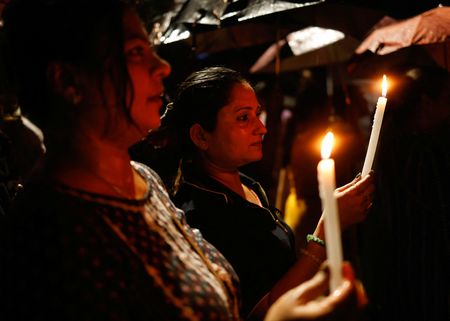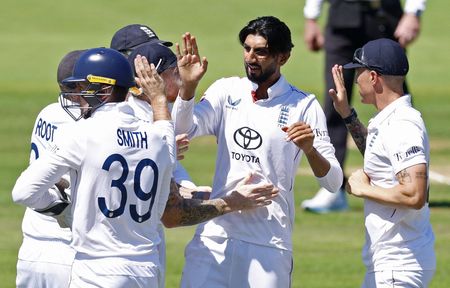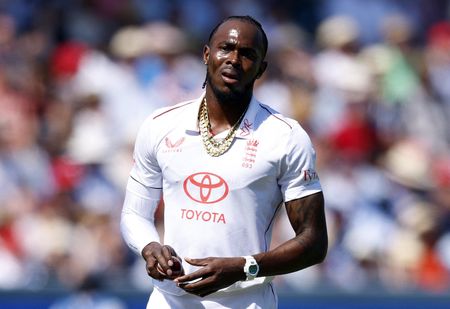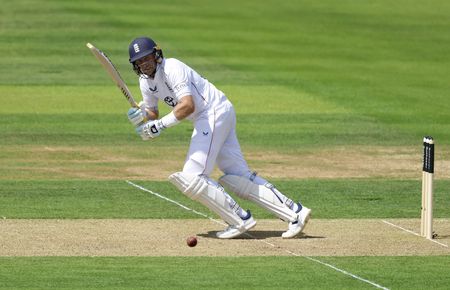By Shivam Patel
NEW DELHI (Reuters) – The rape and murder of a trainee doctor in Kolkata last week has brought women onto the streets across India, furious at persistently high levels of sexual violence despite legal reforms and promised crackdowns.
The government brought in sweeping changes to the criminal justice system, including tougher sentences, after the gang-rape and murder of a 23-year-old in 2012.
But campaigners say little has changed.
Below are some details of the scale of the crisis and the challenges ahead.
NUMBERS HIGH
Around the time of the 2012 attack, police were recording up to 25,000 rape cases a year across India, according to data from the National Crime Records Bureau (NCRB).
Since then, the annual number has largely remained above 30,000, barring the COVID-19 pandemic year of 2020, which saw a sharp fall.
Attacks peaked at nearly 39,000 in 2016. In 2018, on average one woman reported a rape every 15 minutes across the country, according to a government report.
There were more than 31,000 reported rapes in 2022, the latest year for which data is available.
The numbers have stayed persistently high, even as the authorities ramped up the penalties, including a minimum sentence of 10 years with a possible extension to life – or the death penalty if the victim is younger than 12.
Other legal reforms have included widening the definition of rape to include non-penetrative acts, bringing in fast-track courts and reducing the age threshold so 16-year-olds can be tried as adults for such offences.
Senior criminal lawyer Rebecca M. John, who has represented many rape victims, says some rapists still believe they can get away with their crime.
“One of the factors would be the absence of fear of the law,” she told Reuters.
“There is no consistent application of the law, that’s one aspect. There is very poor policing, that’s another aspect.”
CONVICTIONS LOW
Conviction rates for rape ranged between 27%-28% from 2018-2022, according to NCRB data.
Over much of that time, that was second lowest rate out of five serious crimes, also including murder, kidnapping, rioting and causing grievous hurt.
The lawyer, John, said some judges had become more reluctant to convict since the tougher sentences came in.
“If a judge feels that there is some doubt and he’s pushing somebody away for life without remission, or maybe even death, on evidence which doesn’t stand up to judicial scrutiny, not entirely at least, then he’s compelled to acquit,” she said.
“Whereas if he had some discretion in the matter, he could have lowered the sentence, ensure that he’s convicted.”
MAJOR CASES SINCE 2012
A number of highly publicised cases have kept the crisis in the headlines since 2013.
In 2018 a 26-year-old man in central India was sentenced to death three weeks after his arrest on charges of rape and murder of a baby girl.
In 2019, police officers shot dead four men suspected of raping and killing a 27-year-old veterinarian near southern city of Hyderabad.
The men had been in police custody and officers said they were shot dead near the scene of the crime where they tried to snatch the weapons of accompanying policemen.
The 2020 gang-rape of a 19-year-old girl in northern India’s Hathras district and her death weeks later in a hospital triggered nationwide outrage.
(Reporting by Shivam Patel; Editing by Andrew Heavens)











